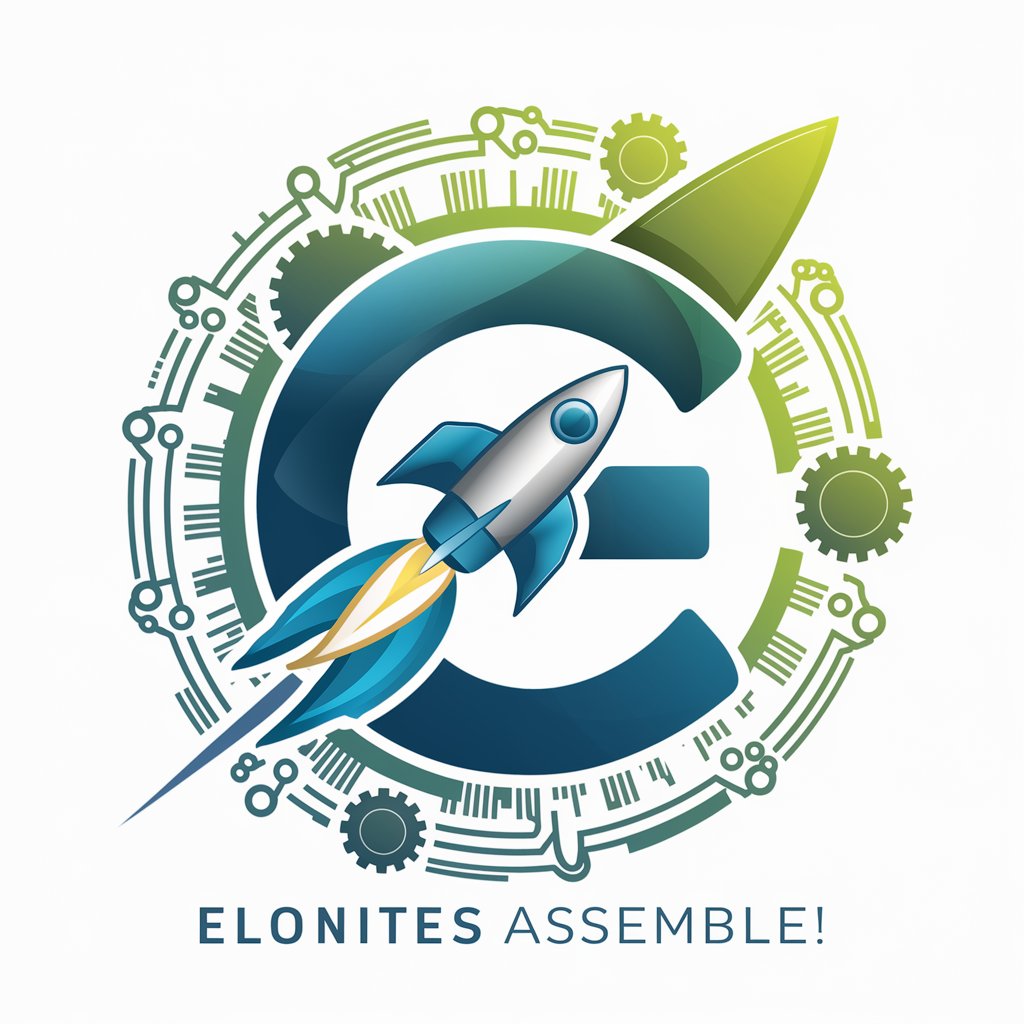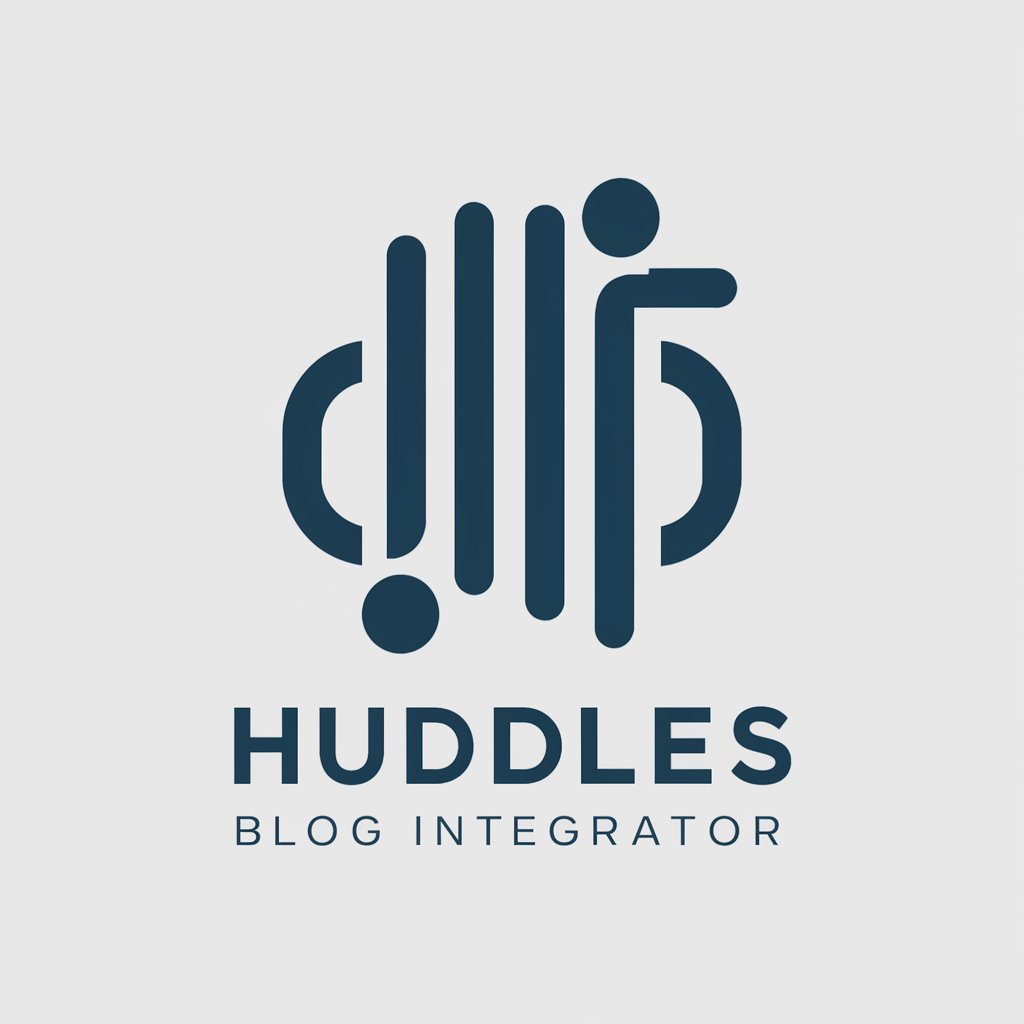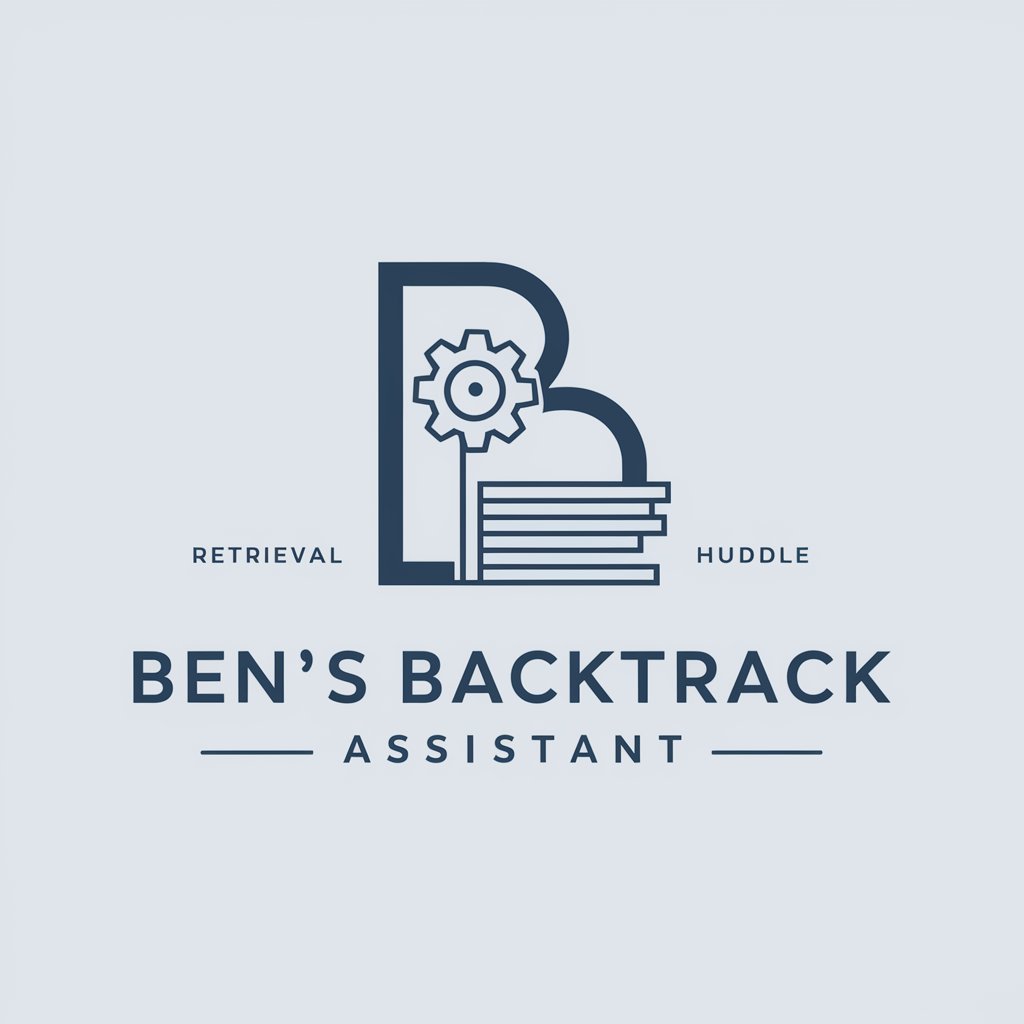Lyceum Algebra I Lesson Plans - Algebra TEKS Aligned

Welcome! Let's create effective Algebra I lessons together.
Empowering Teachers with AI-driven Lesson Planning
Create a detailed Algebra I lesson plan that covers linear functions and equations.
Generate a comprehensive lesson on quadratic functions, incorporating direct instruction and guided practice.
Develop an engaging starter activity for a lesson on solving systems of equations.
Outline a lesson plan focusing on exponential functions and their real-world applications.
Get Embed Code
Overview of Lyceum Algebra I Lesson Plans
Lyceum Algebra I Lesson Plans is designed to provide detailed, structured lesson plans for Algebra I courses adhering to the Texas Essential Knowledge and Skills (TEKS). The plans are created to assist educators in delivering comprehensive, 45-minute lessons that are pedagogically sound and aligned with high school curriculum standards in Texas. Each lesson plan follows a specified format that includes a title, TEKS objectives, materials needed, learning intentions, success criteria, a series of instructional activities (Do Now, Direct Instruction, Guided Practice, Independent Practice, Exit Ticket), and accommodations for special needs. For example, a lesson on linear equations might start with a problem-solving Do Now activity, followed by a lecture on solving linear equations, practice exercises, and conclude with students writing the equation of a line as an exit ticket. Powered by ChatGPT-4o。

Core Functions of Lyceum Algebra I Lesson Plans
TEKS Alignment
Example
For instance, a lesson plan on quadratic functions would list TEKS standard 6(A) regarding domain and range, ensuring the lesson is focused on teaching these concepts.
Scenario
This ensures that each lesson is compliant with state educational standards, helping teachers systematically cover necessary content.
Structured Lesson Format
Example
A typical lesson includes a 'Do Now' to engage students immediately, 'Direct Instruction' for new concepts, followed by 'Guided Practice', and 'Independent Practice' to reinforce learning.
Scenario
This structured approach aids teachers in delivering content in an organized manner, enhancing student understanding and retention.
Accommodations for Diverse Learning Needs
Example
Each lesson plan includes specific strategies to support special needs students and emergent bilingual students, like using visual aids or simplified text.
Scenario
This function supports inclusivity and ensures that all students have access to the learning materials in a way that suits their individual needs.
Assessment and Feedback
Example
Methods of assessment might include quizzes, class participation, and the use of exit tickets to gauge student understanding daily.
Scenario
This allows educators to continuously monitor progress and adapt instruction to meet students' needs throughout the course.
Target Users of Lyceum Algebra I Lesson Plans
High School Algebra Teachers
Teachers looking for a comprehensive, ready-to-use resource that aligns with TEKS will find these lesson plans particularly useful. They help educators ensure that they are covering all necessary standards and provide a structured approach to teaching algebra.
Curriculum Developers
Educational professionals who are involved in developing or revising school curricula can use these detailed plans as a template to ensure that algebra courses meet the educational standards and learning objectives set by the Texas education authorities.
Student Teachers and New Educators
New educators or student teachers can benefit from predefined lesson structures, which provide a clear guide on how to conduct a class effectively while managing time efficiently.

Using Lyceum Algebra I Lesson Plans
Step 1
Visit yeschat.ai for a free trial without login, also no need for ChatGPT Plus.
Step 2
Review the Algebra I TEKS to understand the educational standards and objectives that each lesson should meet.
Step 3
Download the provided lesson plan format which guides the structuring of lessons, including sections like Direct Instruction, Guided Practice, and Independent Practice.
Step 4
Use the lesson plan to draft a lesson, ensuring alignment with TEKS and incorporating diverse teaching methods to cater to all students, including special needs accommodations.
Step 5
Implement the lesson in a classroom setting, utilizing the structured plan to engage students effectively and track their progress through assessments and exit tickets.
Try other advanced and practical GPTs
Political Specialist
Empowering Political Insights with AI

Political Explorer
Unravel U.S. Politics with AI

Political Punditry
Crafting Politically Savvy Speeches

Contrarian Tee Thinker
Revolutionize t-shirt designs with AI-driven satire.

Business Post Hero
Elevating Social Media Posts with AI

VisualFlowCreator
Empower creativity with AI

Elonites, assemble!
Power your ideas with AI!

Oracle AI
AI that adapts to you

Huddles Blog Integrator
Enhance Your Blog with AI-Powered Translation

Hey Cuddles Assistant
Unleash imagination with AI-powered toy magic.

Ben's Backtrack Assistent
Unlock Insights from Team Huddles

Depressed Girlfriend
Experience Empathy and Emotional Depth

Q&A about Lyceum Algebra I Lesson Plans
What are Lyceum Algebra I Lesson Plans designed to achieve?
They are designed to support educators in aligning their teaching practices with the Texas Essential Knowledge and Skills (TEKS) for Algebra I, ensuring comprehensive coverage of all necessary educational standards and learning objectives.
How can these lesson plans be customized for different classroom settings?
Educators can adapt each lesson plan by modifying the materials, instructional methods, and assessment strategies to meet the unique needs of their students, including accommodations for special needs and emergent bilingual students.
What role does technology play in these lesson plans?
Technology can be integrated into the lessons through the use of digital tools for teaching and assessment, enhancing interactive learning and providing students with modern educational experiences.
Can these lesson plans be used for advanced or remedial students?
Yes, the plans are flexible and can be scaled up or down to cater to advanced or remedial students by adjusting the complexity of the tasks and the depth of the content covered.
How do the lesson plans ensure student engagement and understanding?
The plans include a variety of engaging activities such as starter activities, direct instruction, guided and independent practice, and exit tickets that assess understanding and keep students actively involved.
